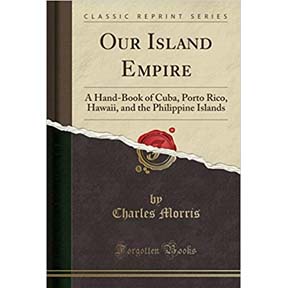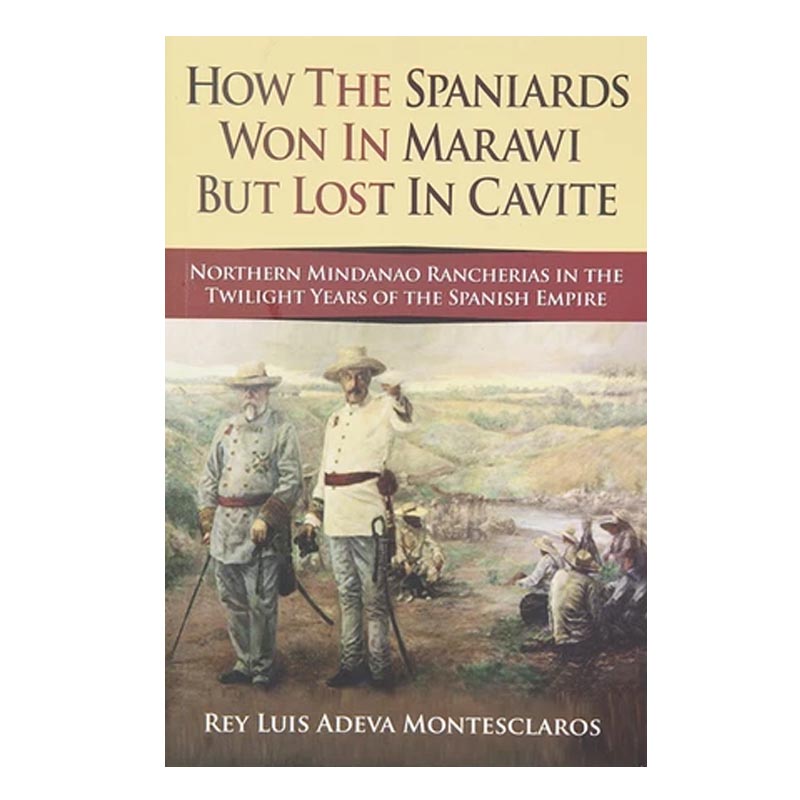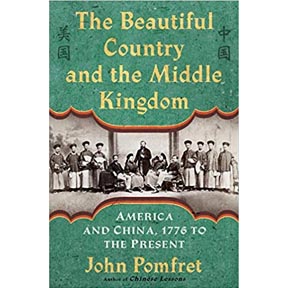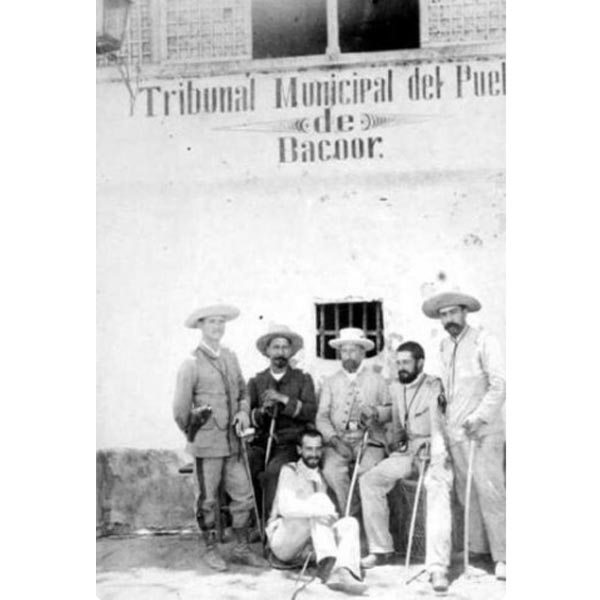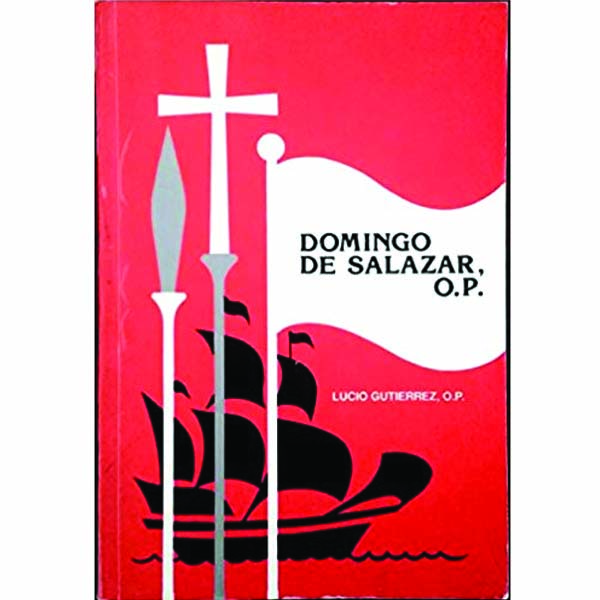People seldom pay attention to demography, even less appreciate its importance and social implication. From a newly acquired rare book, Our Island Empire by Charles Morris (1899), we came to know that in 1855, “among 525 Chinamen in the fortress of Manila (apparently, Intramuros—Ed), there were only two women and the 5,055 Chinamen in Binondo […]
Chinese women were scarce
